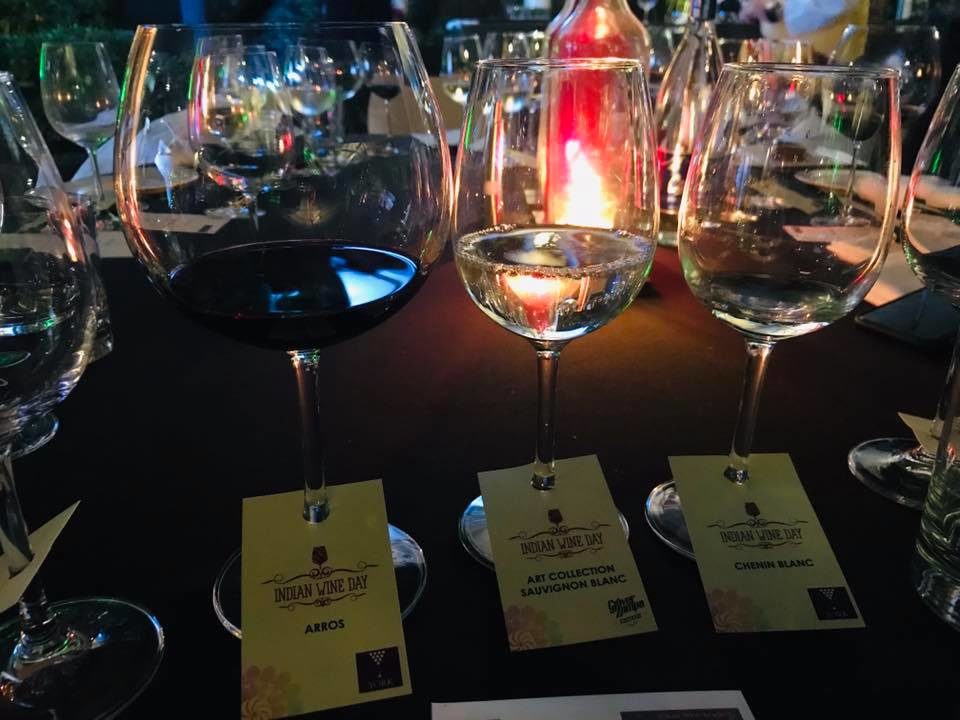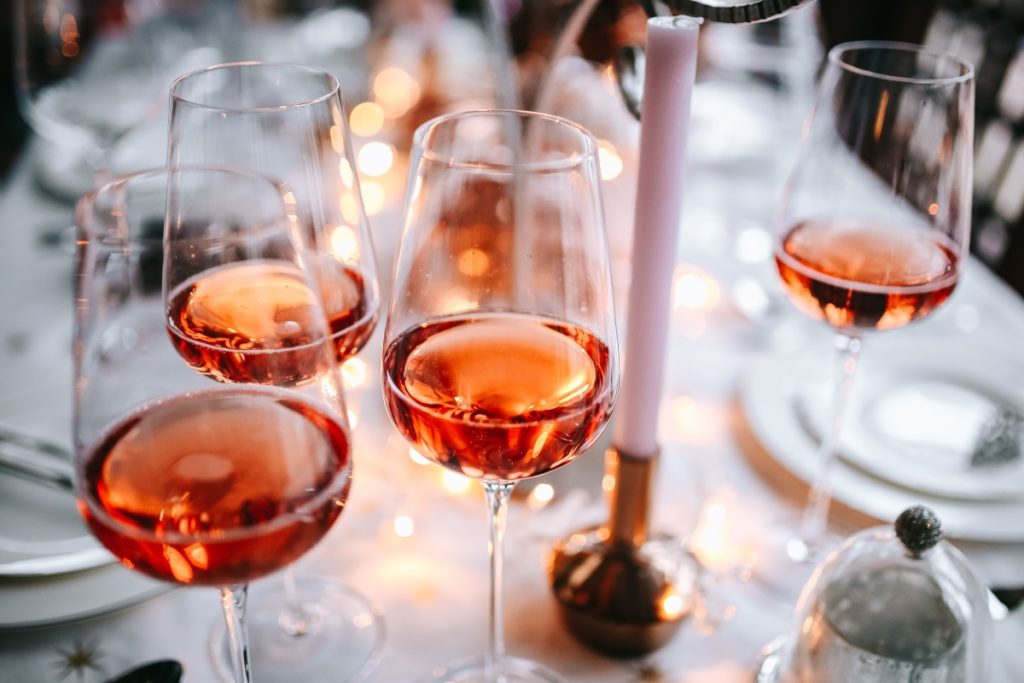‘People are becoming aware of Indian wine and its improvement’
Indian Wine Academy’s Subhash Arora on why it is important to have a special day to appreciate Indian wine
He peppers his social media posts with “Jai ho!” his own way of saying ‘Cheers!’ in Hindi, India’s national language. And after a very busy November 16 celebrating the newly-established Indian Wine Day, his very own brainchild, Subhash Arora (@wineguyindia on social media) must be raising his wine glass in a toast to greater success ahead.

Subhash Arora and Charles Donnadieu of the LaLit Group at Indian Wine Day 2018 at The LaLit, New Delhi
Indian Wine Day was conceptualized as a day dedicated to Indian wine awareness – which needs a hashtag or two to push the concept of ‘Be Indian, buy Indian’ for the young Indian wine industry. Industry watchers agree that there is a need for an awareness boost with wine drinkers both in India and out.
Since I was travelling on the date and unable to witness first-hand all the merrymaking that took place around the country ( specific metro cities) on the day, I asked Arora, widely known as one of India’s most influential and steadfast supporters of wine, for his take on the event that is currently in its second year.
Excerpts from the interview:
As a supporter and well-wisher of the Indian wine industry for decades, what made you think of Indian Wine Day – a day to celebrate Indian wine?
I have been thinking about an Indian Wine Day for almost five years. My ‘Make in India’ concept happened even before the present government came into power (with their Make in India slogan). I wanted the government to think of the wine industry as a respectable one. I want them to think of wine as part of a healthy lifestyle. I have wanted state banquets to serve Indian wine for many years but I was unsuccessful. To achieve this almost-impossible task I believe we must have an Indian Wine Day. As things stand, there are many countries and regions that celebrate dedicated ‘days’ an international level – think Champagne Day, Malbec Day, Grenache Day. There is even a small part of Burgundy which celebrates Beaujolais Nouveau Day!
So the idea was manifold: to reach the government’s ears, to promote Indian producers making quality wine and recognise them, and finally, to remove the wine snobbery amongst Indians by focusing on quality Indian wines that compare well against their imported counterparts.
For those interested in following the Indian wine story please give a perspective from your considerable experience on the growth of the Indian wine industry over the last 10 years; its challenges and where you feel it has done well. What more needs to be done to raise the image of Indian wine in India and abroad?
The annual growth (in India) has been around 12%. It went as high as 25% in some years and as low as 0% or even negative after the 26/11 mishap. Whereas companies like Sula and Fratelli have had exceptional growth, smaller wineries and even Grover Zampa Vineyards have struggled to grow. Indian wines have to be promoted internationally as ‘Wines of India’ with the active support of the government, perhaps with incentives. Wine tourism in India must be promoted in international markets through Indian tourism boards and by establishing a couple of wine routes.
 Do share insights gathered during your travels abroad on Indian wine from experts outside India. Is the image of Indian wine improving? The increasing number of medals won abroad by Indian producers seems to indicate so.
Do share insights gathered during your travels abroad on Indian wine from experts outside India. Is the image of Indian wine improving? The increasing number of medals won abroad by Indian producers seems to indicate so.
The knowledge about Indian wines is patchy. In countries like the UK and the US, people are aware of India as a producer, but it is far from being known as a quality wine producer yet. Recently, there have been individual efforts by wineries to change the image, and this has been partially successful. I am glad that the (IWD) event was sold out in the UK, besides in Bengaluru of course, where the unified enthusiasm for the event was the key.
The number of medals won definitely indicate that people are aware of the improving quality and this helps spread the message.
Let’s talk about Indian Wine Day. Describe how the events across India unfolded on the day – 16 November 2018 – and any feedback you might have received post the event.
Principally, we had planned the Indian Wine Day dinner only at Delhi with a sit-down dinner for about 100 people, with similar 5-course Indian menus at all venues. Wine labels served were an issue due to excise policies; Delhi, Bengaluru, and Mumbai had 10 wines. Similarly, wherever Kitty Su/ Kitti Ko (nightclubs of the LaLit Group of hotels) existed, the dinner extended into an after-party with sparkling wines and dessert.






